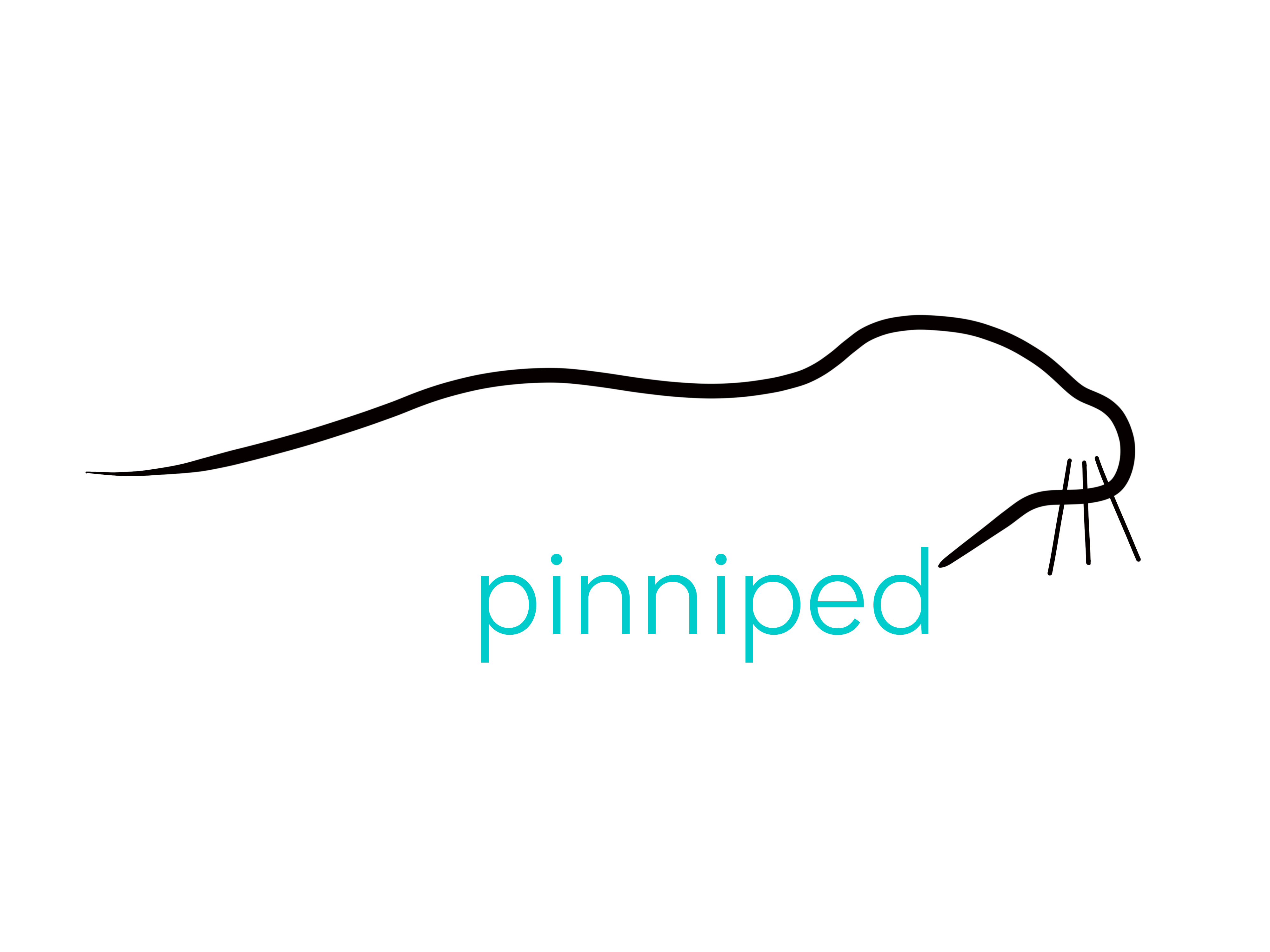This week, continuing on our Antarctic theme (in keeping with the current European weather!) we are looking at the much feared, but perhaps misunderstood, Leopard Seal (Hydrurga leptonyx). Take a look at this week’s header photo by Fabian Ritter (Fabian-Ritter-Photo.de) to familiarise yourself with this fascinating species.
One of the most distinctive of the pinnipeds, Leopard Seals are easily recognised by their almost reptilian appearance which includes a lithe, streamlined body, long neck and muzzle, and flat head, that differs from the round and cute heads of most other seals. Named for their spotted pelts, when the Leopard Seal opens its mouth, rows of sharp, carnivorous teeth can be seen that are used to rip prey, while the back molars lock together to enable filtration of seawater. When resting, the muzzle turns upwards, creating the illusion of a grin, which adds to the fascinating look of the seal. Leopard Seals are formidable hunters, preying on young seals of other species, seabirds including penguins, and other large animals. This cannot happen immediately though, and they must work up from a diet of krill, squid and fish in their juvenile years, gradually learning to stalk and hunt larger prey. Leopard Seals are one of the marine mammals that strike most fear into people, owing to isolated attacks (sometimes fatal) on humans throughout history. However, divers and researchers have also swum alongside these inquistive animals without being threatened, and in one anecdotal encounter, photographer Paul Nicklen describes being befriended by a female Leopard Seal, who seemingly thinks he is a hopeless predator that she needs to assist to feed to help him survive. This story is one of altruism, where the seal displays not only an understanding towards an individual of a different species, but also a desire to help him, in a selfless way, without any obvious benefit to herself. Altruism is an extremely interesting topic in the animal kingdom, one which is observed relatively frequently in Humpback Whales (Megaptera novaeangliae) and some other marine mammals, but is not yet fully explored or understood. We will be discussing this interesting phenomenon in a future blog post, so stay tuned for that.
Despite being Antarctic seals, Leopard Seals have often been observed in sub-Antarctic and even temperate latitudes, including Australia, New Zealand, South Africa, and South America. They are a solitary species, occurring singly, and only coming together during the breeding season. Their structure is thought to be promiscuous or polygynous, with females giving birth to one pup that looks similar in colouration to the adults. There is little difference between male and female leopard seals other than size, and the youngsters are weaned and ready to enter the sea to start learning to hunt after just 1 month. Like some of our other Antarctic seals, Leopards have intricate and interesting vocalisations that are performed during the breeding period.
There is so much that is unknown about these uber cool mammals, but research is ongoing, and we are learning more and more about them all the time. For now, scientists believe they are abundant and widely distributed, making them a Least Concern species, which is fantastic news, as it will give us time to study the inside lives of these powerful predators, and find out whether their terrifying reputation is deserved, or whether they have more sensitive sides, capable of caring for another species, and putting themselves at a disadvantage to help an animal suffering. The opportunity for further research is rich and exciting and we can’t wait to learn more! Follow us on twitter for all the latest updates, or click through to www.pinniped.org/front-page/pinnipedia/leopard-seal to read more. All of the fabulous Antarctic seals are detailed over on the Pinnipedia, alongside all the other true seals of the world. At Pinniped we love #SealSundays!
Previous articleSeals of the world, part 7: The Weddell SealNext article Seals of the world, part 9: The Ross Seal

